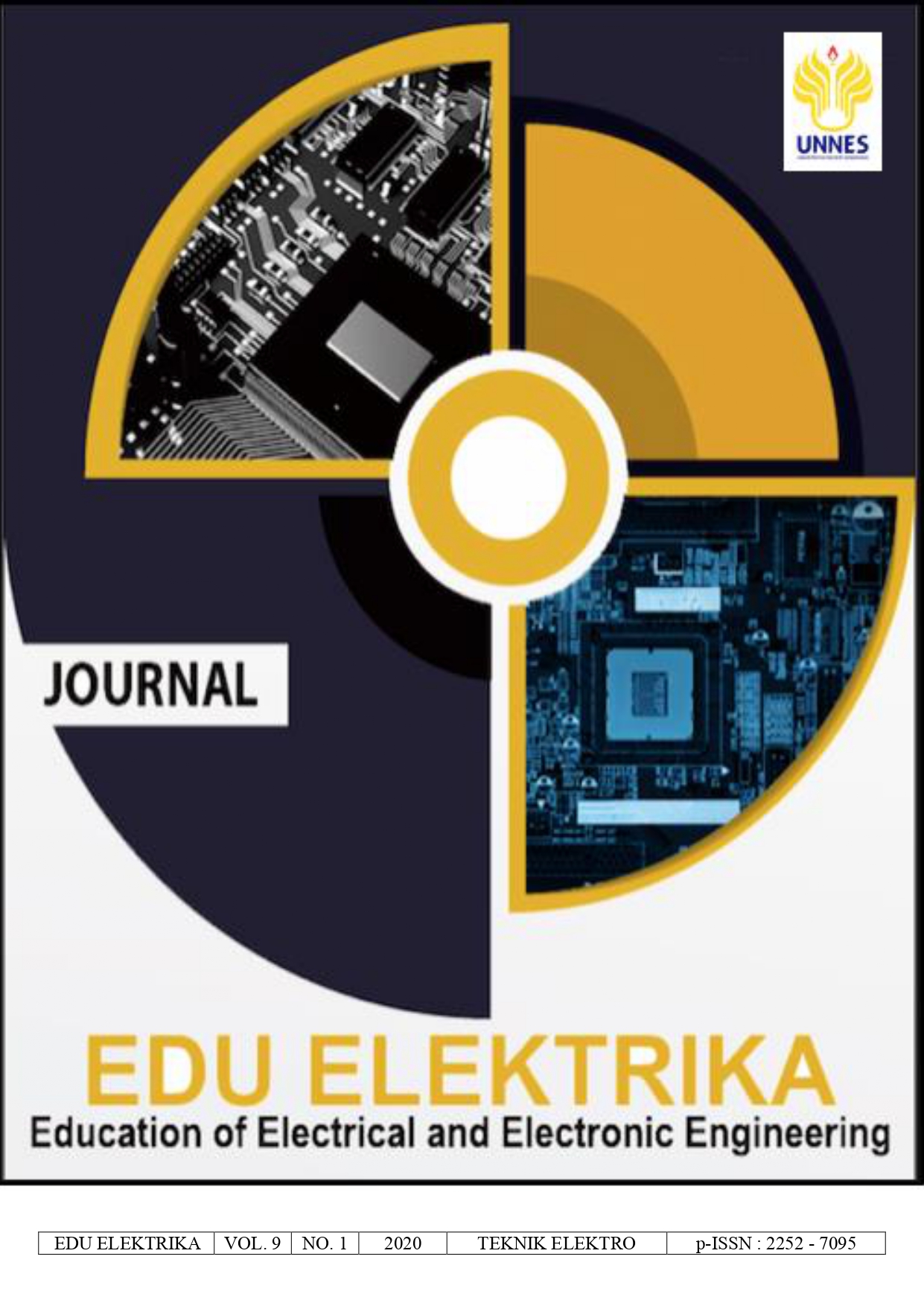Electroplating Chrome Baja ST 37 Dengan Perubah Tegangan Listrik 6v, 10v, Dan 12v Terhadap Kekerasan Dan Ketebalan
Main Article Content
Abstract
Iron easily corrects corrosion which reduces metal quality needs to be improved.
Electroplating is the process of settling metal ions at the electrodes (cathode) by means of electrolysis due to the difference in electric current potential. Factors affecting electroplating results: Current density, Time, Temperature, Concentration of the electrolyzed solution. The voltage used in electroplating can be varied between 6 volts, 10 volts, and 12 volts while the amperes are directly proportional, small or large with the voltage. workpiece surface. ST 37 steel gets electroplating chrome treatment with 6V, 10V, and 12V voltage changes. Then the results of electroplating chrome will find the surface roughness value by using the Vickers test, after that based on the theoretical formula the thickness of the chrome layer is calculated and compared with the actual results of the thickness using the test (SEM). In the 6V electroplating chrome treatment, the deposition weight was 0.004 gram, the hardness value was 771VHN, and the thickness of the chrome layer was 0.17 µm. electroplating chrome at a voltage of 10V has a deposition weight of 0.014 grams, a hardness value of 838.4VHN, and a thickness of the chrome layer of 0.7 μm. 12V voltage has a sludge weight according to calculations of 0.025 grams. has a hardness value of 858.2 VHN and the results of SEM testing the thickness to 1.3 μm under these conditions the highest hardness due to the chrome surface layer in the specimen is getting heavier and the chrome layer thickness is increasing.
